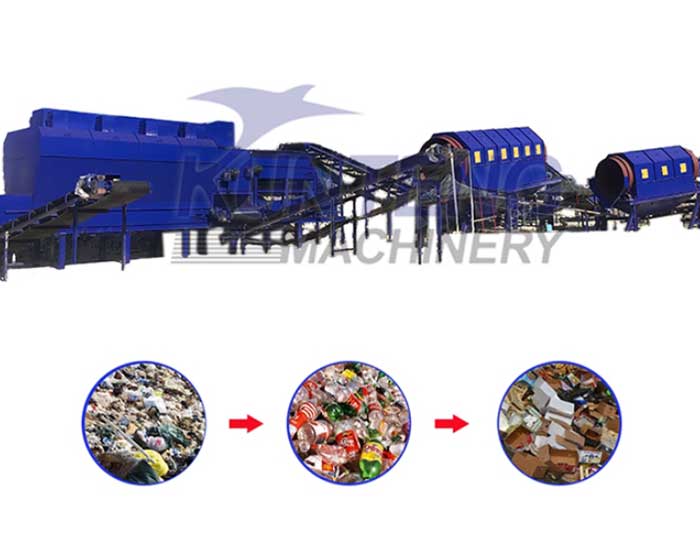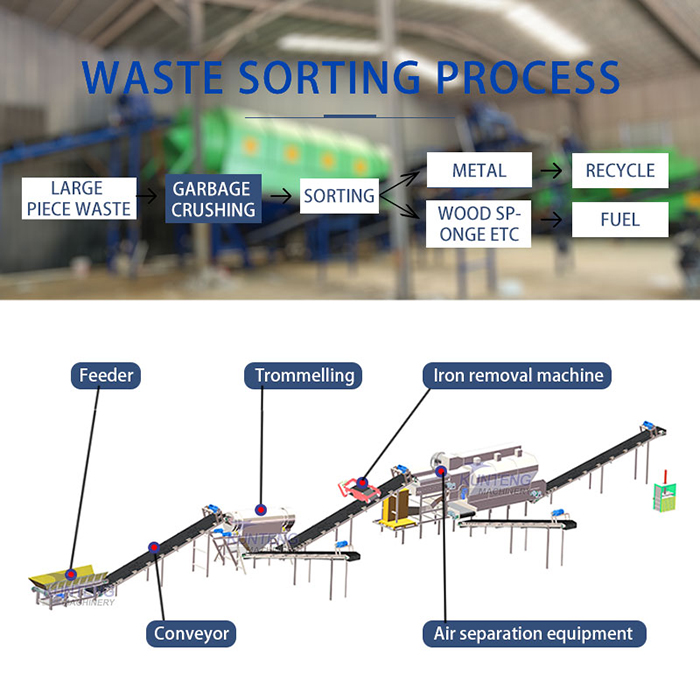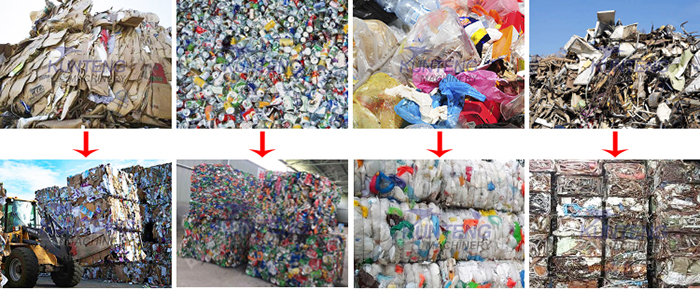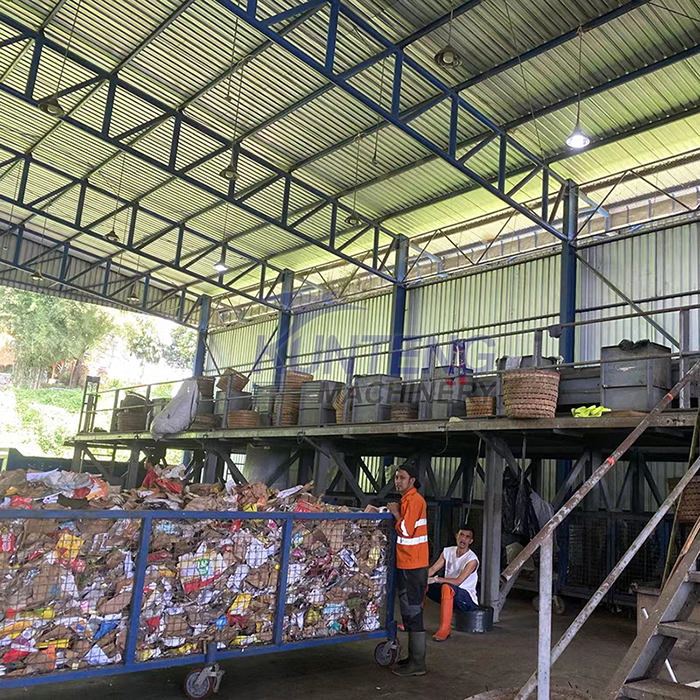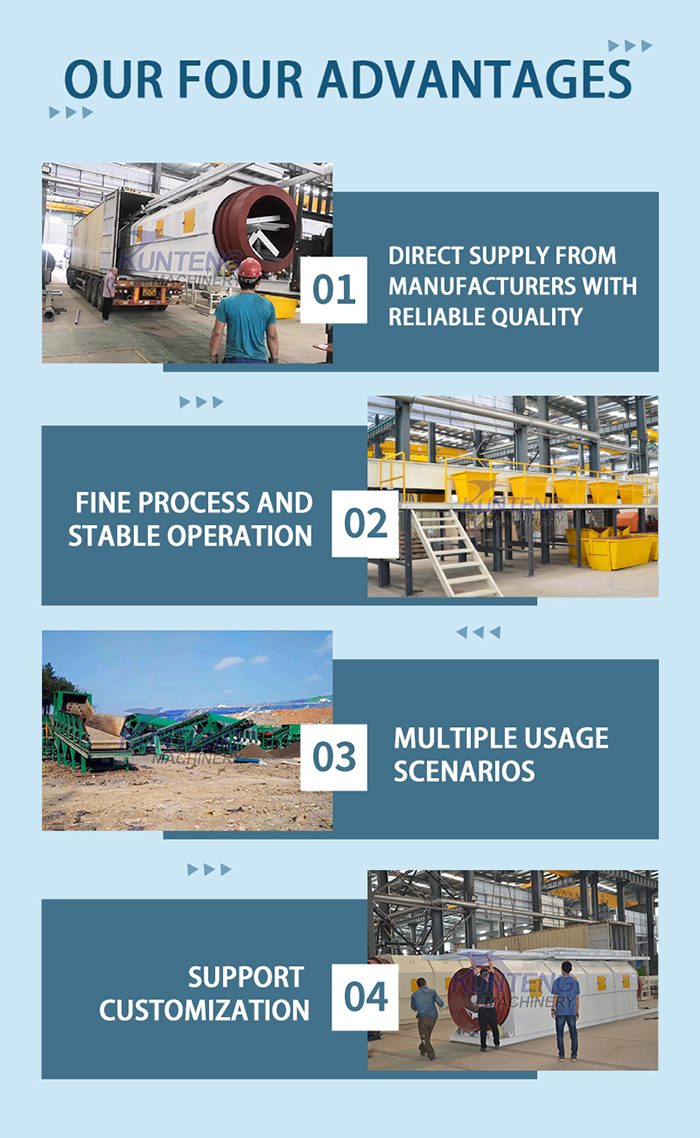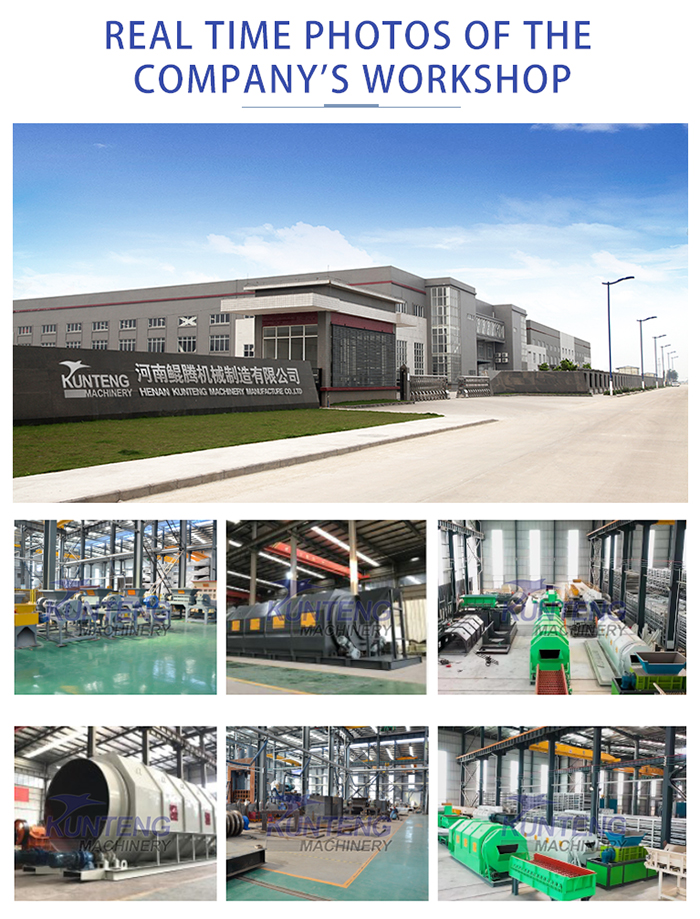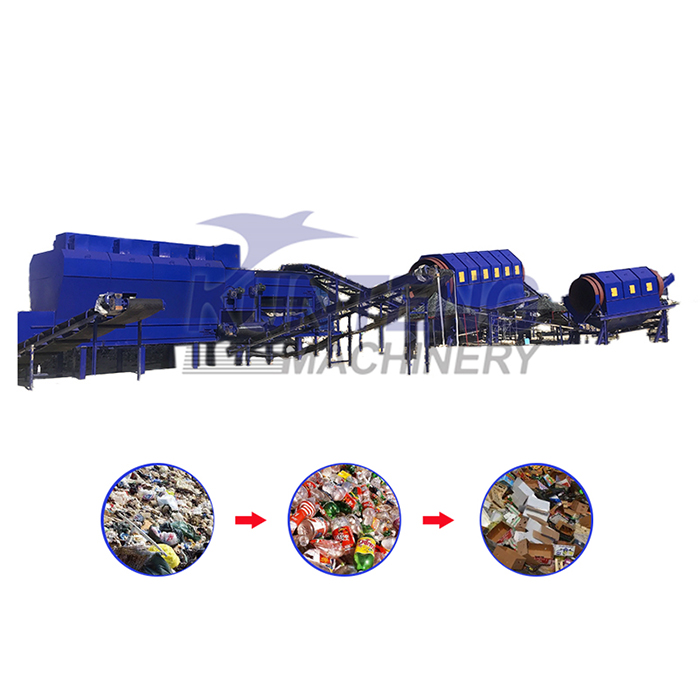
A waste sorting line refers to a system designed to separate various types of waste into specific categories for recycling, disposal, or further processing. It typically involves a combination of manual and automated methods to separate waste streams based on material type, size, shape, and other characteristics. The goal of such a line is to increase recycling rates, reduce contamination in recyclable materials, and ensure efficient waste management.
Key Components of a Waste Sorting Line:
1.Infeed Conveyor: Waste is initially loaded onto a conveyor belt, where it moves to the sorting area.
2.Pre-Sorting: In some cases, workers or machines remove large, non-recyclable items (e.g., large plastics or metals).
3.Screens and Grates: Materials are often sorted by size using vibrating screens that separate items into different fractions (e.g., small vs. large).
4.Air Classification: This process uses air streams to separate lighter materials (like paper, plastics) from heavier ones (like glass or metals).
5.Magnetic Separators: Magnets are used to extract ferrous metals (steel, iron) from the waste stream.
6.Eddy Current Separators: These are used to separate non-ferrous metals (such as aluminum) from the rest of the waste.
7.Manual Sorting Stations: Workers manually separate certain materials or remove contaminants.
8.Compaction: Some sorting lines include compactors for consolidating sorted materials, reducing volume.
9.Storage Bins: After sorting, materials are stored in separate containers or bins for further processing, recycling, or disposal.
Types of Waste Sorted:
*Plastic (e.g., PET, HDPE)
*Paper and Cardboard
*Glass
*Metals (ferrous and non-ferrous)
*Organic waste (for composting)
*Hazardous waste (requires special handling)
*E-waste (electronics)
Benefits of a Waste Sorting Line:
*Efficiency in recycling: Increases the rate of materials that can be recycled or reused.
*Reduced contamination: Helps to remove non-recyclable contaminants from recyclable materials.
*Cost-effective waste management: Helps municipalities and companies reduce landfill use and avoid unnecessary disposal costs.
*Sustainability: Promotes a circular economy by keeping valuable materials in the supply chain.
Waste sorting lines are commonly found in recycling facilities, municipal waste processing plants, and large-scale waste management operations. They are critical for reducing environmental impact and improving the efficiency of waste recovery.
Henan Kunteng Machinery Co.,Ltd.was established in 1999.We concentrate on the production of household waste sorting machine, household waste separation machine, household waste sorting equipment,etc.Every link from design to production and sales is strictly controlled by professionals. At present, our machines have obtained domestic ISO9001 high quality certification and EU CE certification. The quality is guaranteed and it is very worth your purchase.
Welcome to our factory to discuss the cooperation!


